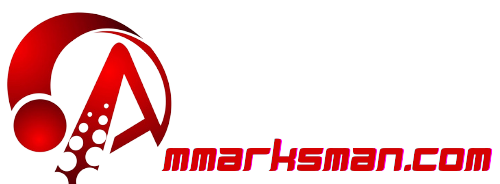What is feedforward control explain with example?
Overview. With feed-forward or feedforward control, the disturbances are measured and accounted for before they have time to affect the system. In the house example, a feed-forward system may measure the fact that the door is opened and automatically turn on the heater before the house can get too cold.
What is forward controller?
Feed forward control system is a system which passes the signal to some external load. It rejects the disturbances before they affect the controlled variable. It controls the major disturbances and is many times used with the combination of a feedback system.
What is the purpose of the feedforward control?
In practical applications, feedforward control is normally used in combination with feedback control. Feedforward control is used to reduce the effects of measurable disturbances, while feedback trim compensates for inaccuracies in the process model, measurement error, and unmeasured disturbances.
What feedforward means?
Feedforward is the reverse exercise of feedback. It’s the process of replacing positive or negative feedback with future-oriented solutions. In simple terms, it means focusing on the future instead of the past.
How does feedforward control work?
Feedforward control differs from feedback control in that the load or primary disturbance is measured and the manipulated variable is adjusted so that deviations in the controlled variable from the set point are minimized. The controller can then reject disturbances before they affect the controlled variable.
What is feedforward control approach?
Feedforward control is a mechanism in a system for preventing problems before they occur by monitoring performance inputs and reacting to maintain an identified level. It is now increasingly recognized that control must be directed towards the future to be effective.
What is feedforward control management?
Feedforward controls are also known as preliminary, preventive or pre-action controls. As the name implies, these controls take place before a process to make sure bad things do not happen in the first place. The controls identify actions to be taken before a problem occurs.
What is meant by adaptive control?
Adaptive control is the capability of the system to modify its own operation to achieve the best possible mode of operation.
What is the difference between feedforward and feedback control?
Feedforward control measures one or more inputs of a process, calculates the required value of the other inputs and then adjusts it. Feedback control measures the output of a process, calculates the error in the process and then adjusts one or more inputs to get the desired output value.
How do you feedforward?
The basics of giving feedforward
- Reinforce what is working. Before you dive into what needs to be different, identify and share the positives you’ve observed.
- Coach, don’t criticize.
- Provide ideas for “next time.” Consider the difference between these two statements:
How is feedforward control used in management?
How is feedforward control related to process control?
The flow controller simply maintains the discharge flow rate at a 1:1 ratio with the (total) ingredient flow rate. In fact, pure feedforward control is a variation of 1:1 ratio control, except that the real process variable (tank level) is neither the wild (total incoming flow) nor the captive variable (discharge flow) in the process.
How are the coordinates of a curve calculated?
Coordinates of the curve alignment (such as 25 ft stationing) must be input into the Data Collector or computer with the off-the-curve control point coordinates. The program then calculates the angles and distances from control points to layout the curve.
Which is the control point of the Bezier curve?
Using eq. 1: Because the curve goes from P0 to P2, in this case, P1 entirely determines the shape of the curve. Moving P1 around you might notice something: The Bézier curve is always contained in the polygon formed by the control points. This polygon is hence called the control polygon, or Bézier polygon.
Is the forward error the same as the backward error?
That is, (absolute) forward error: jy^ yj (relative) forward error: jy^ yj jyj The forward error is a natural quantity to measure, but usually (since we don’t know the true y) we can only get an upper bound on this error. Moreover, it can be very dicult to get tight upper bounds on the forward error. Backward Error.
